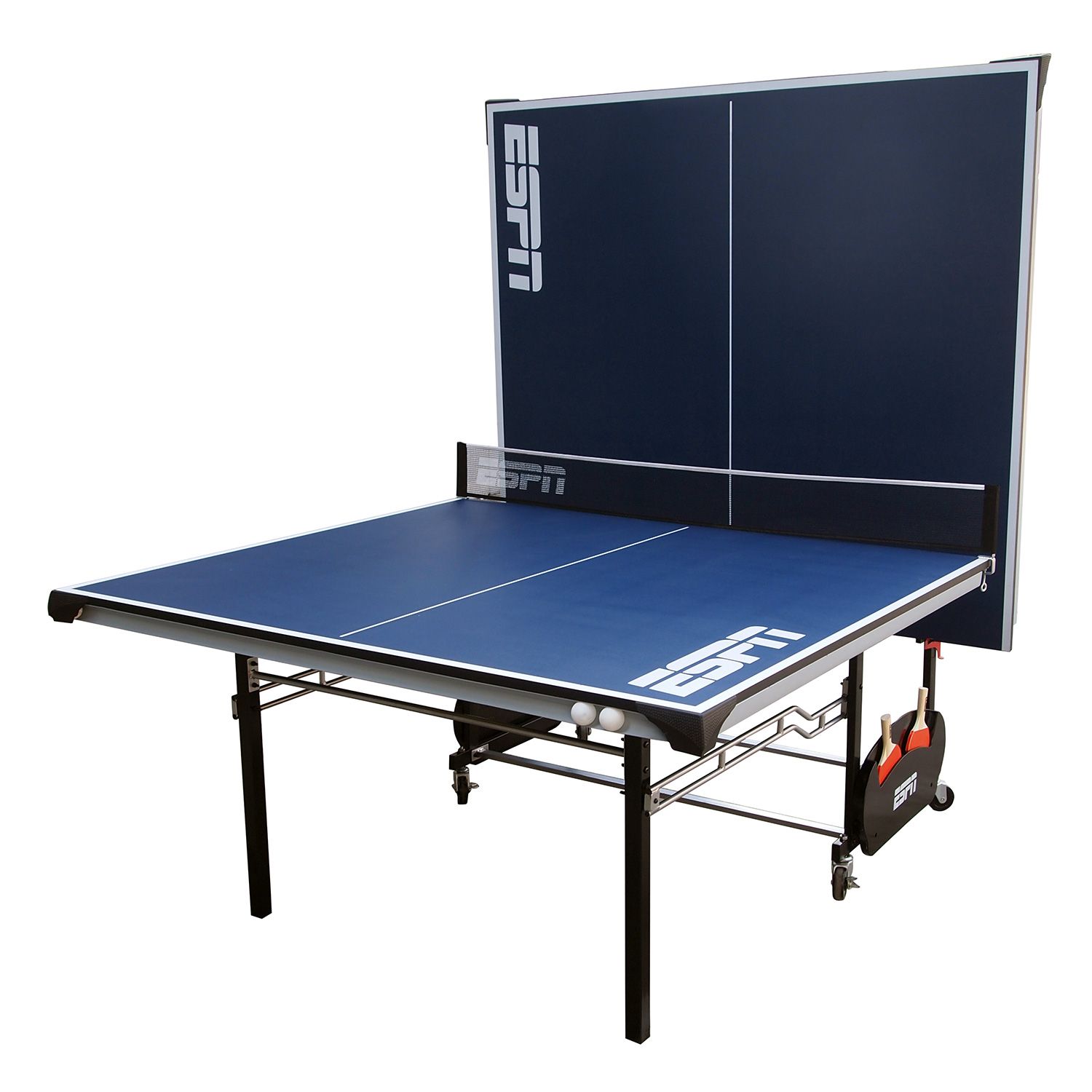Indianapolis, Indiana — Patent attorneys for GS CleanTech Corporation of Alpharetta, Georgia have filed a patent infringement lawsuit in the Southern District of Iowa alleging that Southwest Iowa Renewable Energy, LLC of Council Bluffs, Iowa infringed Patent Nos. 7,601,858, METHOD OF PROCESSING ETHANOL BYPRODUCTS AND RELATED SUBSYSTEMS; 8,008,516, METHOD OF PROCESSING ETHANOL BYPRODUCTS AND RELATED SUBSYSTEMS; 8,008,517, METHOD OF RECOVERING OIL FROM THIN STILLAGE and 8,283,484, METHOD OF PROCESSING ETHANOL BYPRODUCTS AND RELATED SUBSYSTEMS, which have been issued by the U.S. Patent Office. The case was transferred to the Southern District of Indiana as part of Multidistrict Litigation No. 2181.
This Multidistrict Litigation (“MDL”) began with an assertion of patent infringement by CleanTech of Patent No. 7,601,858 (the “‘858 patent”), which was issued on October 13, 2009. CleanTech sued numerous Defendants alleging infringement of that patent shortly after its issuance. The Defendants accused of patent infringement in prior litigation include: Big River Resources Galva, LLC; Big River Resources West Burlington, LLC; Cardinal Ethanol, LLC; ICM, Inc.; LincolnLand Agri-Energy, LLC; David J. Vander Griend; Iroquois Bio-Energy Co., LLC; Al-Corn Clean Fuel; Blue Flint Ethanol, LLC; ACE Ethanol, LLC; Lincolnway Energy, LLC; United Wisconsin Grain Producers, LLC; Bushmills Ethanol, Inc.; Chippewa Valley Ethanol Co.; Heartland Corn Products and Adkins Energy, LLC.
Since September 29, 2011, when the court overseeing the MDL issued its order on claim construction with respect to the disputed claims of the ‘858 patent, patentee CleanTech has further asserted infringement by some of the allegedly infringing Defendants of three additional patents in the ‘858 patent family: U.S. Patent Nos. 8,008,516 (the “‘516 patent”), 8,008,517 (the “‘517 patent”) and 8,283,484 (the “‘484 patent”) (the ‘858, ‘516, ‘517 and ‘484 patents are, collectively, the “‘858 patent family”).
The patents in the ‘858 family share an identical specification and have substantially similar claim terms. CleanTech claims that the method claimed increases the efficiency and economy of recovering corn oil. Southwest Iowa Renewable Energy is charged with infringing the ‘858 patent, along with the related ‘516, ‘517, and ‘484 patents (collectively “the patents-in-suit”).
CleanTech’s patented methods recover corn oil by evaporating, concentrating and mechanically separating thin stillage (“stillage”), a byproduct of ethanol produced from corn, into two components: corn oil and a post-recovery syrup (“syrup”) with most of its corn oil removed.
In one embodiment, the patented method comprises initially processing the whole stillage by mechanically separating (such as by using a centrifugal decanter) the whole stillage into distillers wet grains and thin stillage, and then introducing the thin stillage into an evaporator to form a concentrated syrup byproduct. Prior to recombining the then-concentrated syrup with the distillers wet grains, the syrup is introduced into a second mechanical separator, such as a second centrifuge, which is different from the centrifuge that mechanically separated the whole stillage into distillers wet grains and thin stillage. This second centrifuge separates corn oil from the syrup thereby allowing for the recovery of usable corn oil. The syrup that exits the centrifuge is then recombined with the distillers wet grain and dried in a dryer. The corn oil that is extracted from the syrup can be used for various purposes such as feedstock for producing biodiesel.
Prior lawsuits included GreenShift Corp. as a Plaintiff. In this current lawsuit, initiated in Southern District of Iowa, GreenShift’s subsidiary GS CleanTech Corp. is the sole Plaintiff. Patent attorneys for CleanTech assert the following in the complaint:
· Count I: Infringement of U.S. Patent No. 7,601,858
· Count II: Infringement of U.S. Patent No. 8,008,516
· Count III: Infringement of U.S. Patent No. 8,008,517
· Count IV: Infringement of U.S. Patent No. 8,283,484
CleanTech asks the court for a permanent injunction prohibiting further infringement of the patents-in-suit; an award of damages adequate to compensate CleanTech for the infringement that has occurred, but in no event less than a reasonable royalty for the use made of the inventions of the patents-in-suit as provided in 35 U.S.C. § 284, together with prejudgment interest from the date the infringement began; and an award to CleanTech of all remedies available under 35 U.S.C. §§ 284, 285 and 154(d).
Practice Tip: The United States Judicial Panel on Multidistrict Litigation, (http://www.jpml.uscourts.gov/) also known as the “MDL Panel” or, simply the “Panel,” consists of seven sitting federal judges, who are appointed to serve on the Panel by the Chief Justice of the United States. The job of the Panel is to (1) determine whether civil actions pending in different federal districts involve one or more common questions of fact such that the actions should be transferred to one federal district for coordinated or consolidated pretrial proceedings; and (2) select the judge or judges and court assigned to conduct such proceedings.
Continue reading




